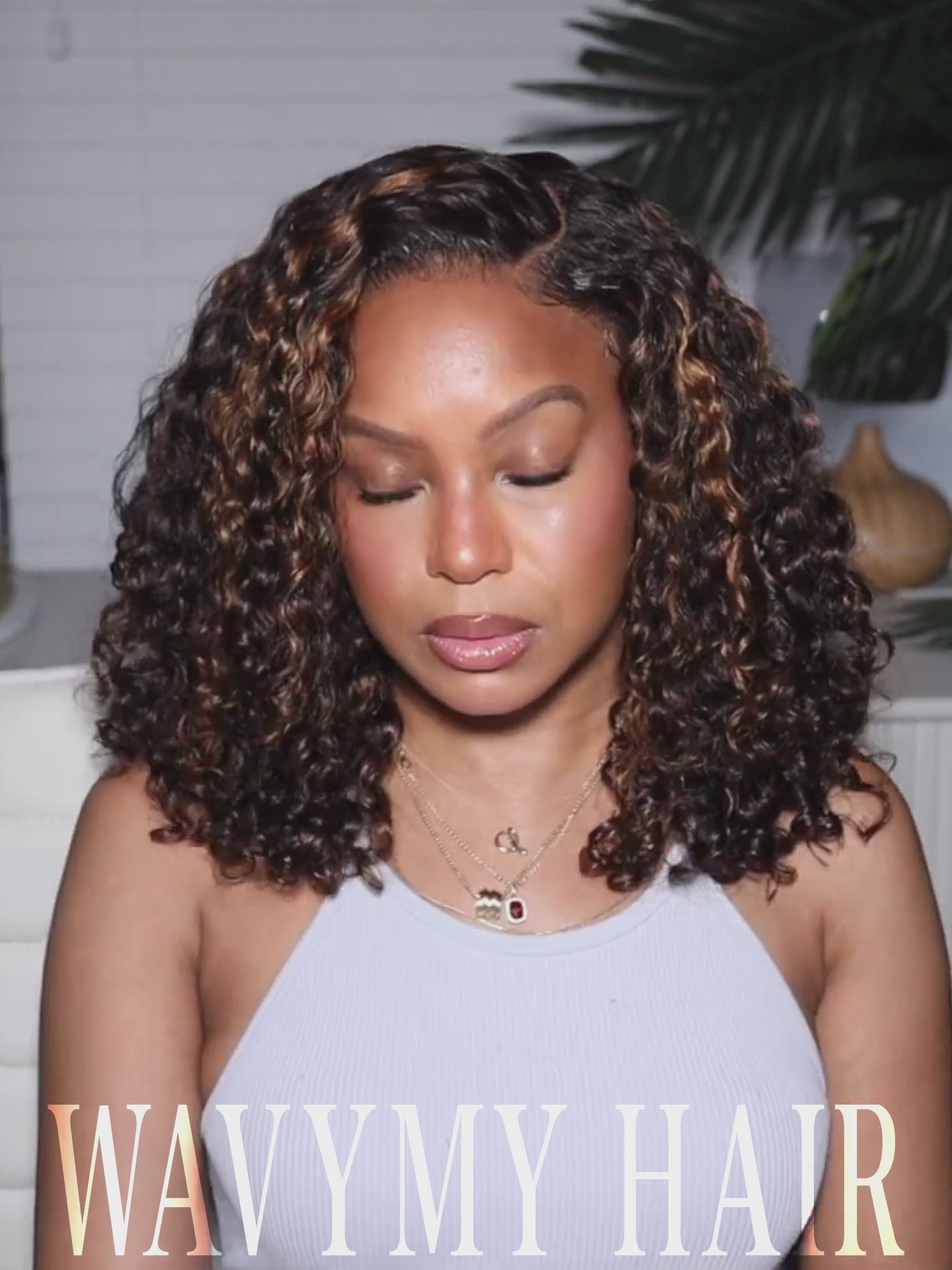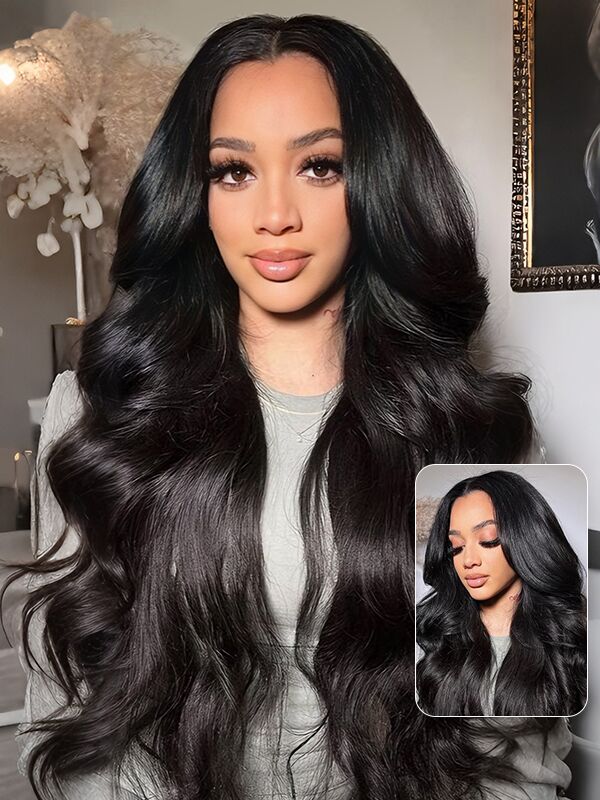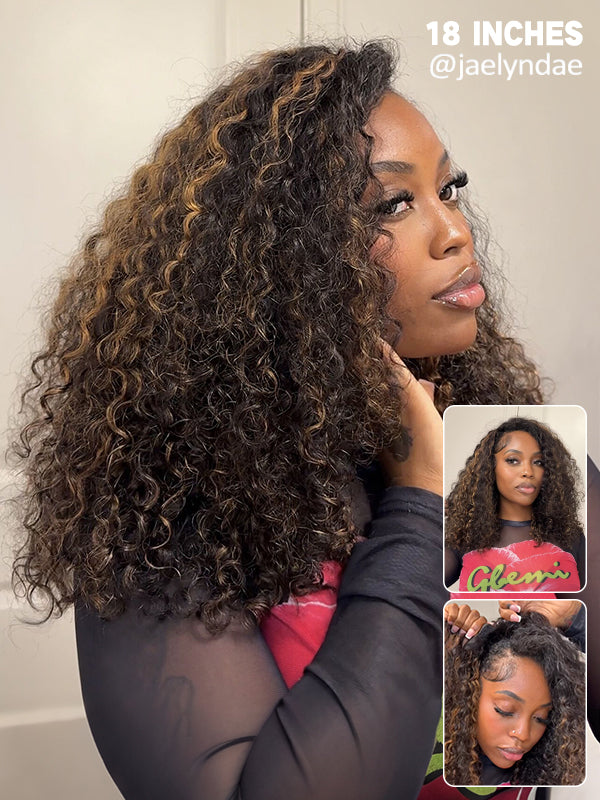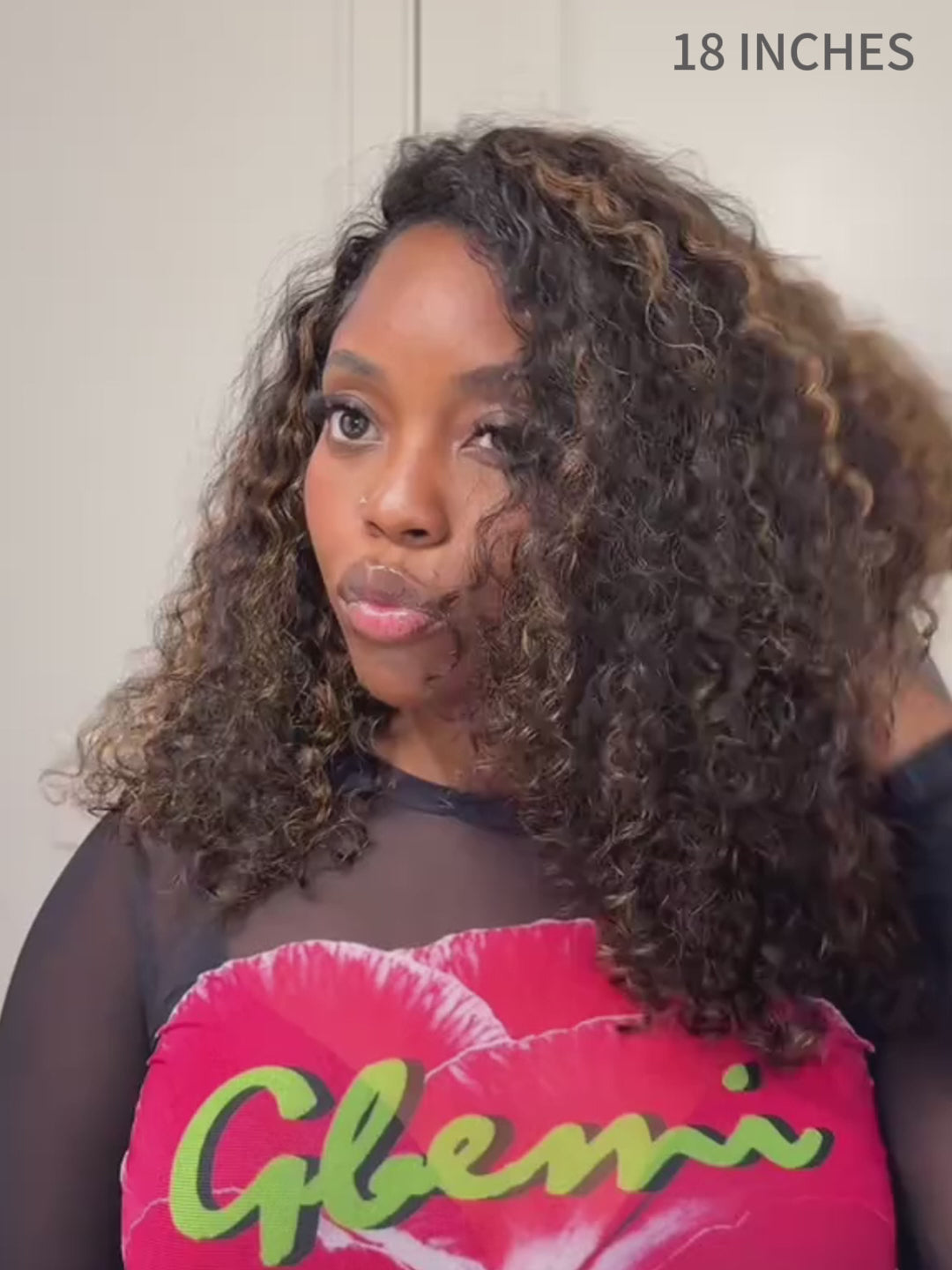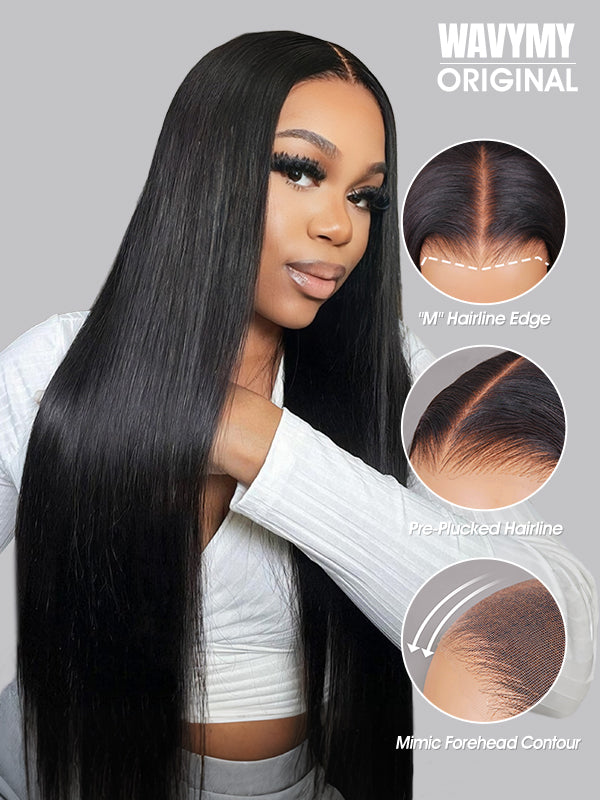All products have their lifespan, for wigs, too. “How long do wigs last?” needs to be considered, whether it is for regular wig wearers or wig beginners. No matter how much you pay for the wigs, you always want the wigs can last longer to be worth the money. Especially, for high-end 100% human hair wigs, people need to pay much more to get them, the longer the wig lasts the more money you will save.
Synthetic hair wigs and human hair wigs

The hair of the synthetic wigs is made from man-made fiber, such as acrylic and nylon. And the synthetic hair is processed and dyed to mimic real human hair. The human hair wigs are made of 100% natural human hair, the texture and shine of the natural hair will present versatile styles and realistic appearance.
Due to the difference in the making material, the price of synthetic wigs is much lower than human hair wigs. The affordable price attracts a huge number of people to choose them. The human hair wig is a kind of high-end product, and an increasing number of people prefer to tend to them despite the high price owe to their more natural look. Both types of these wigs have their own pros and cons, people choose which kind of wig to buy according to their actual needs.
How long do synthetic hair wigs last?
Normally, if you wear the synthetic hair wig every day, it will last 4 to 6 months and if you wear it less frequently, its lifespan will last longer. The synthetic wig will wear out as the wearing time grows, typically the heat styling will increase the wear process.
How long do human hair wigs last?

Compared with synthetic hair wigs, the human hair wigs will last longer. In the ordinary way, 100% human hair wigs will last more than one year. If you wear it less frequently or maintain it properly, the wig will last longer, 3 to 5 years may be possible.
What affects the lifespan of the wig?
Hair texture
Human hair wigs last longer than synthetic wigs, because the human hair maintains the natural hair’s luster, strength and resilience to be able to withstand varied hair styling methods, such as dying, curling, straightening etc.
The frequency of wearing
Every time you wear a wig, it will cause wastage, and the higher the frequency of wearing, the bigger the wastage caused to the wig.
The material of the wig cap construction
The higher quality materials the lace and the wig foundation are made of, the wig will be more durable to last longer.
Hair styling

The heat styling will cause irreversible damage to the wig, especially for synthetic hair wigs. Frequent heat styling on the wig will reduce the lifespan of the wig.
The method of wearing and removing
What calls for special attention is that the method of wearing and removing matters a lot to the wig’s lifespan. The movement of wearing and removing will cause pull on the wig that will damage it if you apply too much force.
How to make wigs last longer

1. Straightly select 100% human hair wigs, human hair wigs are the wigs that have the longest lifespan. It is an ideal option to choose wear and go glueless wigs for wig beginners which are friendly and convenient. If the price of human hair wigs is too high for you to afford, you can tend to select a heat-resistant synthetic wig. This kind of synthetic wig can last longer than normal synthetic wigs which can withstand heat styling.
2. You can make wigs last longer by reducing the frequency of wearing. It is recommended that you’d better invest in several different wigs to alternately wear.
3. Gently and properly wear and remove the wig to avoid excessive force on it. For some HD lace wigs such as 13x4 lace front wigs, glueless closure wigs and m cap wigs, wearers need to pay much attention to the lace, because it is easily teared up.
4. Spend more time and energy to maintain your wigs. Regularly wash and care for the wigs by using hair products specially designed for synthetic hair wigs or human hair wigs. It is important to know that you can’t wash your wigs too frequently.
5. When you style your wigs with heat styling tools, you can use heat protection spray to avoid heat damage and make sure to style at a low temperature. Even if your wigs are human hair wigs that are well able to withstand the heat styling tools, you should reduce the frequency, because the heat damage is irreversible.
6. When you take off the wig, you’d better put it on a wig stand or mannequin head in a place with moderate humidity and no direct sunlight. It is the best way to keep the texture of the wig and prevent tangling and matting.
Choose Wavymy Hair wigs for high quality and long lifespan
Wavymy Hair always be your trusted brand, all wigs are high-quality 100% human hair wigs. We clearly and definitely know the importance of the wig lifespan, so we just produce human hair wigs. Multiple wigs satisfy your needs for different textures, lengths, colors etc. If you want to know more, please check our online store.
Related Articles:
How Long Does A Wig Install Last

